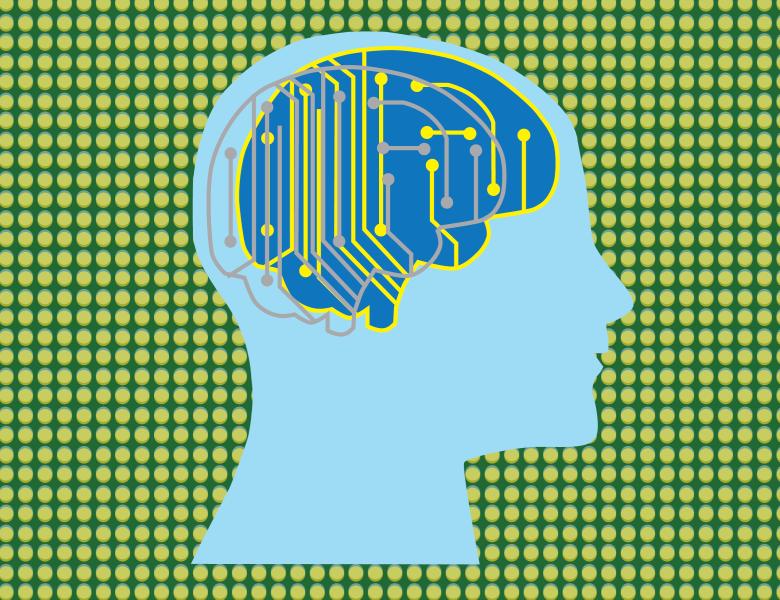
Abstract
The mouse is an important model for studying vision because of the molecular, imaging, and genetic tools that are available. However, critics decry the relevance of the mouse model because classical assessments based on spatial frequency analysis imply that its visual capacity is of low quality. But this is at odds with observed visually-mediated behaviors, such as prey capture, that are highly precise. We will introduce experimental data obtained with a new stimulus class -- visual flow patterns -- that formally approximate natural visual scenes, such as 'running through grass'. These stimuli evoke visually-mediated responses well beyond those predicted by spatial frequency analysis. Novel imensionality reduction algorithms reveal neural activity implicating (i) both feedforward and feedback computations; (ii) the separation of flow- from grating-responses (iii) different states of the brain, and (iv) challenges to 'receptive field' (rather than network) models of visual cortex. Joint work with the Stryker lab, UCSF, carried out with Luciano Dyballa and Dr. Mahmood Hoseini.


